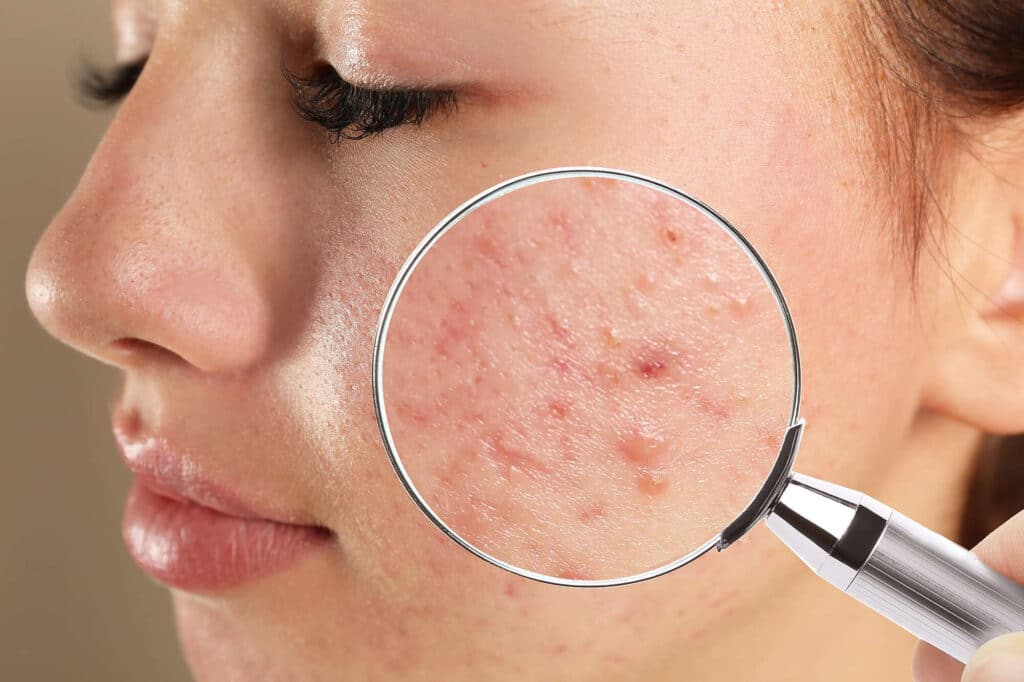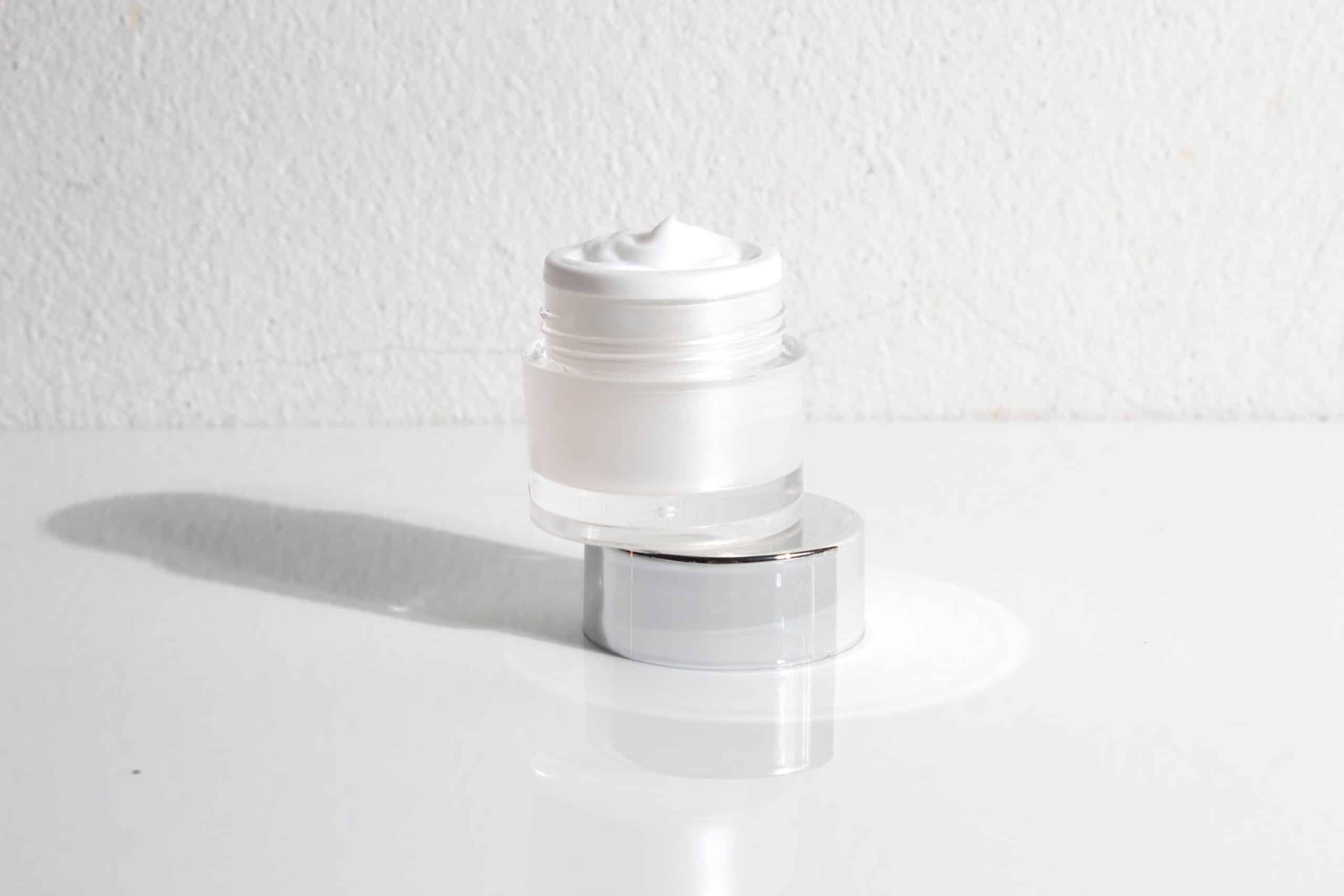
What Are Comedogenic Products And Why Do They Cause Acne?
- October 21, 2022


Acne is a common skin concern in Singapore that affects people of all ages and backgrounds. From hormonal changes to stress, there are various factors that can contribute to breakouts.
However, one often-overlooked cause of acne is the use of comedogenic products. These products contain ingredients that can block pores and ultimately lead to blemishes. With so many acne treatment options in the market, it can be tough to know what’s good for your skin and what’s not.
In this article, we’ll break down what comedogenic products are, how they can cause acne, and how to choose the right product for your skin.
Comedogenic products clog pores and trigger breakouts, and they may be found in everything from cleansers and moisturisers to hair and makeup.
But what exactly makes a product comedogenic?
In most cases, it’s the use of certain oils or ingredients that have a high risk of clogging pores. Some of the most common comedogenic ingredients include coconut oil, palm oil and alcohol. While these ingredients may be nourishing for some skin types, they can be a recipe for disaster for acne-prone skin.
If you’re someone who is prone to breakouts, it’s generally best to avoid products that are known to be comedogenic.
In addition to the risk of clogged pores, comedogenic products can also exacerbate existing acne. When the skin is already inflamed and irritated, using a product that clogs pores can further irritate the skin and cause more breakouts. This is why it’s crucial to do your research and be mindful of the products you’re using, especially if you’re dealing with acne-prone skin.
For many patients, switching to non-comedogenic products may be a simple but effective solution to help prevent breakouts.
When comedogenic beauty and skincare products are applied to the skin, they can mix with the skin’s natural oils and create a blockage in the pores. This blockage then traps bacteria and dead skin cells, leading to inflammation and the formation of pimples, blackheads, and whiteheads.
Ingredients like coconut oil and palm oil, are highly comedogenic and should be avoided at all costs – especially if you have acne-prone skin.
While other ingredients such as jojoba oil and castor oil are less likely to cause breakouts, it is better to avoid those ingredients to be safe.
To help you make an informed decision when purchasing products, we at SL Aesthetic Clinic recommend that you become acquainted with some commonly known comedogenic ingredients.
Oils are commonly perceived to clog pores. But not all oils are comedogenic, as seen in the rising popularity of cleansing oils and facial oils. How, then, do you know which oils to be wary of, especially when your skin is oily and acne-prone? Here are some comedogenic oils you should take note of:
Some of these oils have been touted as moisturising and hydrating in certain cosmetic products. While that may be true, they can also clog your pores. Consider non-comedogenic oils instead:
Alcohol is used in skincare as a preservative and for its antimicrobial properties. Alcohol, particularly unsaturated alcohol, however, is known to clog pores.
Like alcohol, some stearates are also found to be comedogenic. In cosmetic products, stearates act as emulsifiers, preventing ingredients from separating once mixed.
The following are comedogenic alcohols and stearates you should avoid:
Lanolin is derived from the sebaceous glands of sheep. Biologically, it is meant to condition the wool on a sheep. For its conditioning abilities, lanolin is often used in face creams and other moisturising skincare products.
Its conditioning properties also mean that lanolin can be a potential pore-clogger. With that said, that does not mean that you should lanolin entirely; here are the types of lanolin that are comedogenic:
Emollients and emulsifiers are what give cosmetics their luxuriously creamy texture. While a creamy moisturiser can feel heavenly, beware of any pore-clogging ingredients. Some comedogenic emollients and emulsifiers include:
Non-comedogenic emollients include mango butter, shea butter, and petroleum.
Naturally-derived fatty acids found in foods like avocado, flax seeds and walnuts are often promoted for their skin benefits. Fatty acids improve the barrier function of the skin and prevent moisture loss.
However, some fatty acids found in cosmetics may result in clogged pores. Here are some comedogenic fatty acids to look out for:
Lauric Acid
Lauric acid is a type of fatty acid that is commonly found in coconut oil and other natural oils. While lauric acid has many health benefits, it can also contribute to the development of acne on the skin. When applied to the skin, lauric acid can create a barrier that prevents oil and bacteria from escaping, leading to inflammation and the development of acne.
Wheat Germ Glyceride
Wheat germ glyceride is a common ingredient known for its ability to moisturise and improve the skin’s appearance, but it can also cause acne breakouts.
Stearic Acid
Stearic acid is a type of fatty acid commonly found in many skincare and cosmetic products. While it is generally considered safe for use on the skin, it can also be comedogenic. Stearic acid has a high molecular weight and can be difficult for the skin to absorb, leading to the buildup of oil and dead skin cells that can clog pores.
As researchers continue to test the latest cosmetics ingredients, the list of pore-clogging ingredients may be revised from time to time. Newly updated comedogenic ingredients include:
Identifying comedogenic products and ingredients can be challenging, as not all products are labelled as comedogenic. However, there are a few key things to look for when shopping for skincare and cosmetic products.
Firstly, it’s important to be familiar with common comedogenic ingredients. Some of the most commonly used comedogenic ingredients include coconut oil, palm oil, lanolin and alcohol. It’s a good idea to keep a list of these ingredients on hand when shopping for products.
Always do research on the specific products you’re considering. Look up the ingredients list and see if any of the ingredients are known to be comedogenic. You can also look for online reviews from people with acne-prone skin to see if the product caused breakouts for them.
Another way to identify comedogenic products is to pay attention to how your skin reacts to them. If you notice that you tend to break out in certain areas of your face after using a particular product, it’s possible that the product is comedogenic. Keep a journal of the products you use and how your skin reacts to them to help identify any patterns.
When shopping for products, it’s also important to look for products that are labelled as “non-comedogenic”. These products are formulated to be less likely to clog pores and cause breakouts. However, it’s still important to read the ingredients list to ensure that there are no comedogenic ingredients.
Identifying comedogenic products and ingredients may take a little effort, but it is in the best interest of your skin. By checking ingredient lists, doing research on specific products and paying attention to how your skin reacts to them, you can help prevent breakouts on your skin.
Choosing the right skincare will go a long way in preventing further breakouts.
Cleansing is an important step in any skincare routine, but it’s especially important for those with acne-prone skin. Choose a gentle cleanser with a non-irritating formula that won’t strip your skin of its natural oils. Avoid harsh scrubs or cleansers with abrasive particles that can damage your skin’s barrier too.
Some ingredients, such as salicylic acid and benzoyl peroxide, can be effective in treating acne. However, it’s important to use them carefully and follow the instructions on the product label. Overuse of these ingredients can cause dryness and irritation worsen the skin.
If you think moisturiser is unnecessary for your oily skin, research suggests otherwise. A moisturiser that is suitable for oily and acne-prone skin has been found to improve the signs and symptoms of acne. Moisturising is important for all skin types, but it’s especially important for those with acne-prone skin. You want to look for a lightweight, non-comedogenic moisturiser to avoid clogging your pores.
Another essential factor to consider when choosing products for acne-prone skin is the type of acne you have. Different types of acne require different treatments. For example, if you have mild to moderate acne, you may benefit from using products that contain salicylic acid or benzoyl peroxide. However, if you have severe cystic acne, you may need prescription-strength products or professional treatments.
The type of makeup you apply to your skin can affect your acne too. We advise you to practice practise caution in choosing your makeup products just like you would with your skincare products. Check the labels and ingredients list to make sure none of the ingredients are comedogenic.
It can take time to see results from new products, so be patient and give them a chance to work. Don’t give up on a product too quickly, but also be willing to switch to something else if a product isn’t working for you.
Understanding the impact of comedogenic cosmetic products on our skin is vital for achieving healthy, clear skin. By knowing what to look for in the products we use, we can avoid clogging our pores and causing breakouts.
However, sometimes even with the right products, acne can still persist. That’s where a specialist can be incredibly helpful. If you’re struggling with acne and need personalised advice and treatment options, we highly recommend seeking out an acne specialist.
At SL Aesthetic Clinic, our team of highly trained and experienced doctors in Singapore take pride in making you feel good and look good again. We provide thorough assessment of acne conditions including cystic acne and acne scars, before providing acne removal treatments. Acne treatments may include chemical peels, laser therapy and cortisone injections.
Schedule a consultation with us today. Your skin will thank you for it.
Like what you read? Share them!